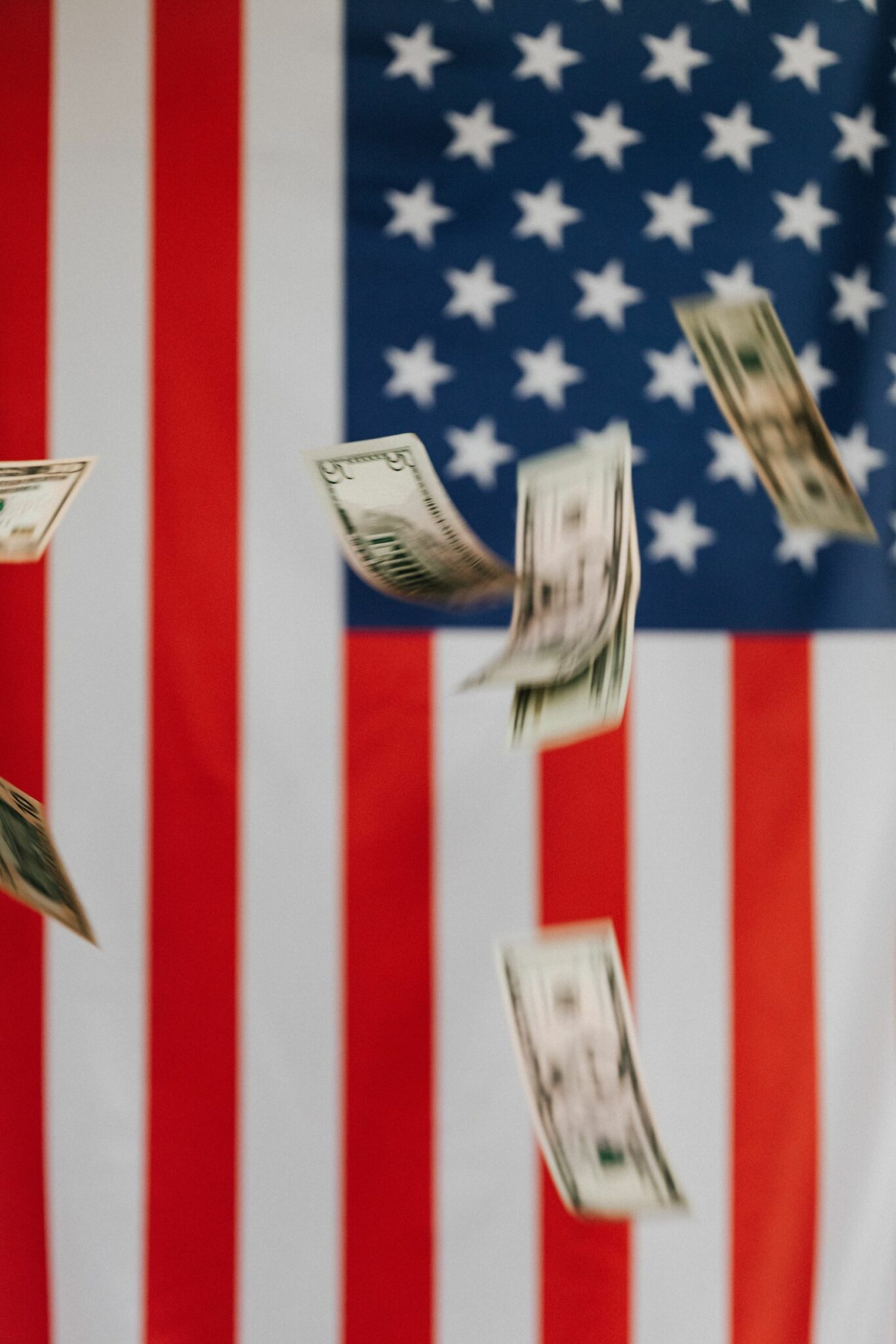We hope you have a great 4th of July weekend with your families. A philosophical question before we dive into the markets this month:
Is the world more uncertain right now than it has been in the past?

Or are we simply more aware of our lack of predictability and control? You don’t have to go far to see headlines about uncertainty these days. Uncertainty about supply chains, inflation, pandemic issues, politics.
But is the world actually any more uncertain than it was two years ago? Or the years before that? I’m not sure it is. Our magic 8 balls have always been a little murky and unreliable, but sometimes we are forced to reckon about how little we actually know about what happens next. I think this is one of those times. All of us (economists, financial professionals, and likely Jerome Powell included) are grappling with how little we can predict the future, and that’s being reflected in the markets as well as the news.
The good news about uncertainty? You don’t need an “all signs point to yes” on your magic 8 ball to be a successful investor. From Morgan Housel’s latest:
The most important investing question is not, “What are the highest returns I can earn?”
It’s, “What are the best returns I can sustain for the longest period of time?”
Compounding is just returns to the power of time. Time is the exponent that does the heavy lifting, and the common denominator of almost all big fortunes isn’t returns; it’s endurance and longevity. “Excellent returns for a few years” is not nearly as powerful as “pretty good returns for a long time.”
That’s the biggest but most obvious secret in investing: Average returns for an above-average period of time leads to magic.
As we know, this particular period of time has not been enjoyable for investors. We entered an official bear market this month (the S&P 500 down -20% from a previous high).
What might cause the market to bottom and turn around? First, you could argue we’re closer to the end of this bear market than the beginning. At 6 months, we’re already longer than 6 prior bear markets in our history. The saying that “the stock market takes the escalator up and the elevator down” is certainly true this year.
Second, we need to see inflation come down. We’re not there yet but we’re starting to see a few positive signs. From Kelly Evans:
On one hand, it sounds ludicrous to say the macro environment is improving, given the widespread assumption we are either in recession or about to be in one; rock-bottom consumer confidence; and the biggest stock-market wealth destruction we have possibly ever witnessed.
…But either way, there are encouraging signs out there that the Fed is actually helping to positively reset the macro landscape, now that it’s finally serious about catching up with and conquering inflation.
Most striking is the drop in the market’s inflation expectations. They peaked at around 3.6% expected annual inflation over the next five years back in late March – nearly a full point higher than where we were in January. They have retraced all the way back to 2.8%, still above the Fed’s 2% inflation target, but a sizable improvement nonetheless.
There are signs of disinflation elsewhere, too; especially in commodities. The price of a barrel of WTI oil has fallen from over $120 pre-Fed meeting to about $108 today, and oil has started tracking with the “risk-on, risk-off” days in the stock market again, unlike earlier this year.
Unfortunately, we still have to deal with a looming economic slowdown (or recession) and we still haven’t really seen the losses in the stock and bond markets translate over to real estate yet.
That said, if history is any guide, expect the stock market to bottom and recover at the peak of the bad news just like it did in 2020 and 2009. And remember, you can still be successful as an investor even if you don’t time the bottom perfectly.




